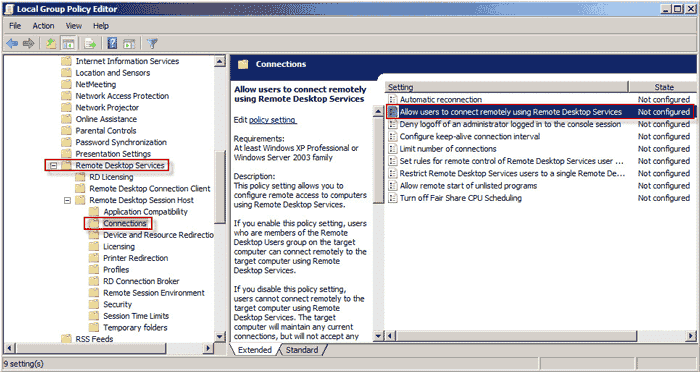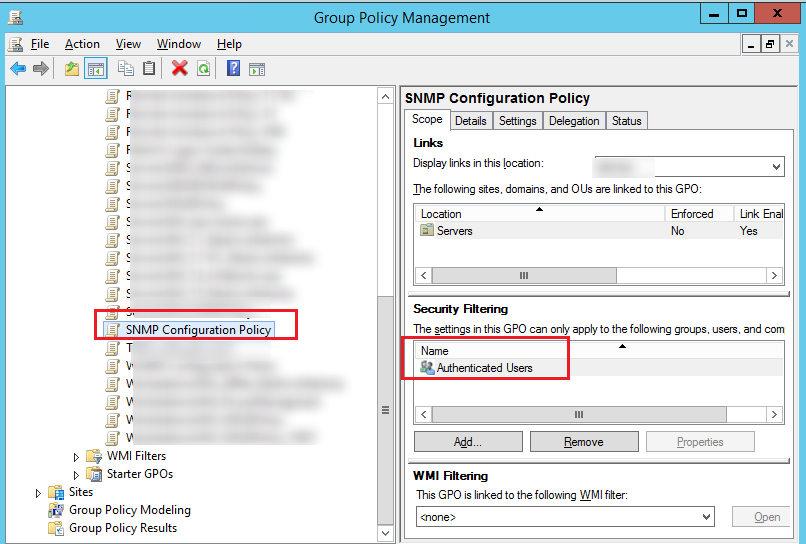

This was especially experienced in remote work scenarios and has been addressed.There could be any number of possible explanations for this. Although the access token eventually updates, the changes would not be reflected in a troubleshooting scenario when the gpresult /r or gpresult /h commands were executed. When an administrator would make changes to user or computer group membership, these changes would propagate slowly. Windows Management Instrumentation (WMI) Group Policy Service (GPSVC) updating performance improvements to support remote work scenarios.Windows 10, version 21H1 provides security updates for Windows App Platform and Frameworks, Windows Apps, Windows Input and Composition, Windows Office Media, Windows Fundamentals, Windows Cryptography, the Windows AI Platform, Windows Kernel, Windows Virtualization, Internet Explorer, and Windows Media. With Windows 10, version 21H1, end users can now open files faster while Application Guard checks for possible security concerns.
 Microsoft Defender Application Guard enhancements. Sensor Data Service or other old cameras. Internal FrameServer camera with IR + Color sensors. External FrameServer camera with IR + Color sensors. When multiple cameras are available on the same device, Windows Hello will prioritize as follows: In Windows 10, version 21H1, Windows Hello and Windows Hello for Business now default to the external camera when both built-in and external Windows Hello-capable cameras are present on the device. For devices with a built-in camera and an external camera, Windows Hello would previously use the built-in camera to authenticate the user, while apps such as Microsoft Teams were set to use the external camera. Windows 10 21H1 is a relatively minor update with the following features, designed to improve the safety and security of corporate data when working from home: That update will start rolling out on the 5th of November. The stage comes just before Microsoft commences the first stage of the release of Windows 10 21H2, Microsoft’s update for enterprise PCs who are not ready yet to update to Windows 11. This means the OS update should be available to all Windows 10 users via Windows Update. For more details, see How to get the Windows Update Windows 10, version 21H1 is designated for broad deployment. As always, we recommend that you update your devices to the latest version of Windows 10 as soon as possible to ensure that you can take advantage of the latest features and advanced protections from the latest security threats.
Microsoft Defender Application Guard enhancements. Sensor Data Service or other old cameras. Internal FrameServer camera with IR + Color sensors. External FrameServer camera with IR + Color sensors. When multiple cameras are available on the same device, Windows Hello will prioritize as follows: In Windows 10, version 21H1, Windows Hello and Windows Hello for Business now default to the external camera when both built-in and external Windows Hello-capable cameras are present on the device. For devices with a built-in camera and an external camera, Windows Hello would previously use the built-in camera to authenticate the user, while apps such as Microsoft Teams were set to use the external camera. Windows 10 21H1 is a relatively minor update with the following features, designed to improve the safety and security of corporate data when working from home: That update will start rolling out on the 5th of November. The stage comes just before Microsoft commences the first stage of the release of Windows 10 21H2, Microsoft’s update for enterprise PCs who are not ready yet to update to Windows 11. This means the OS update should be available to all Windows 10 users via Windows Update. For more details, see How to get the Windows Update Windows 10, version 21H1 is designated for broad deployment. As always, we recommend that you update your devices to the latest version of Windows 10 as soon as possible to ensure that you can take advantage of the latest features and advanced protections from the latest security threats. 
On the Windows 10 21H1 status page Microsoft said:

Nearly 6 months after the launch of Windows 10 21H1, Microsoft has finally certified the OS update for broad distribution.








 0 kommentar(er)
0 kommentar(er)
